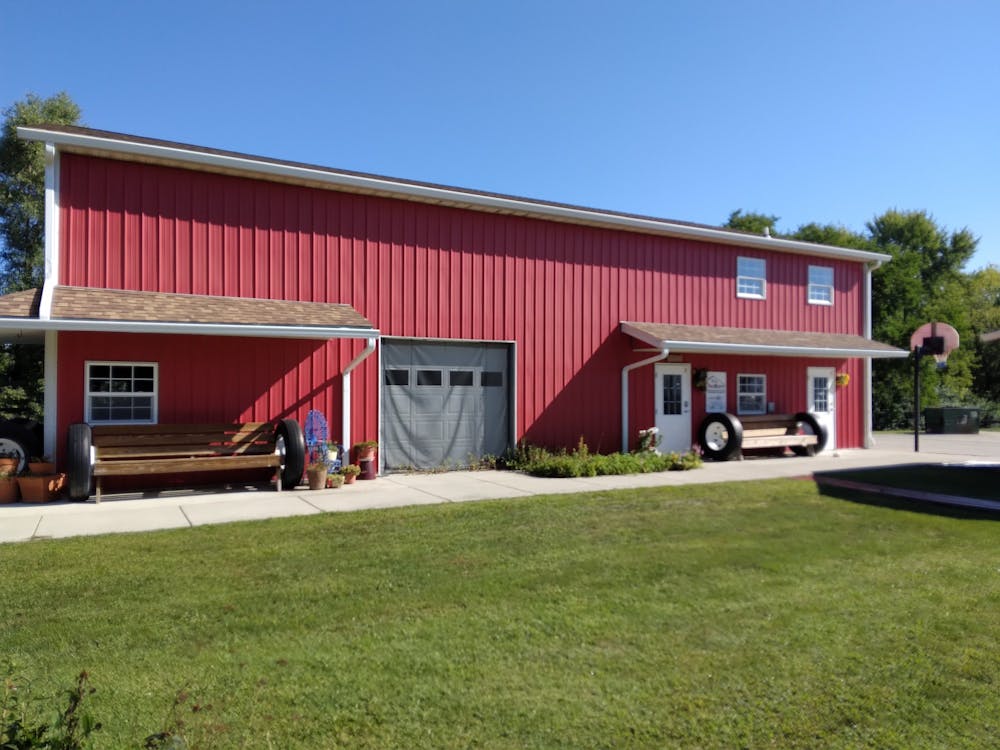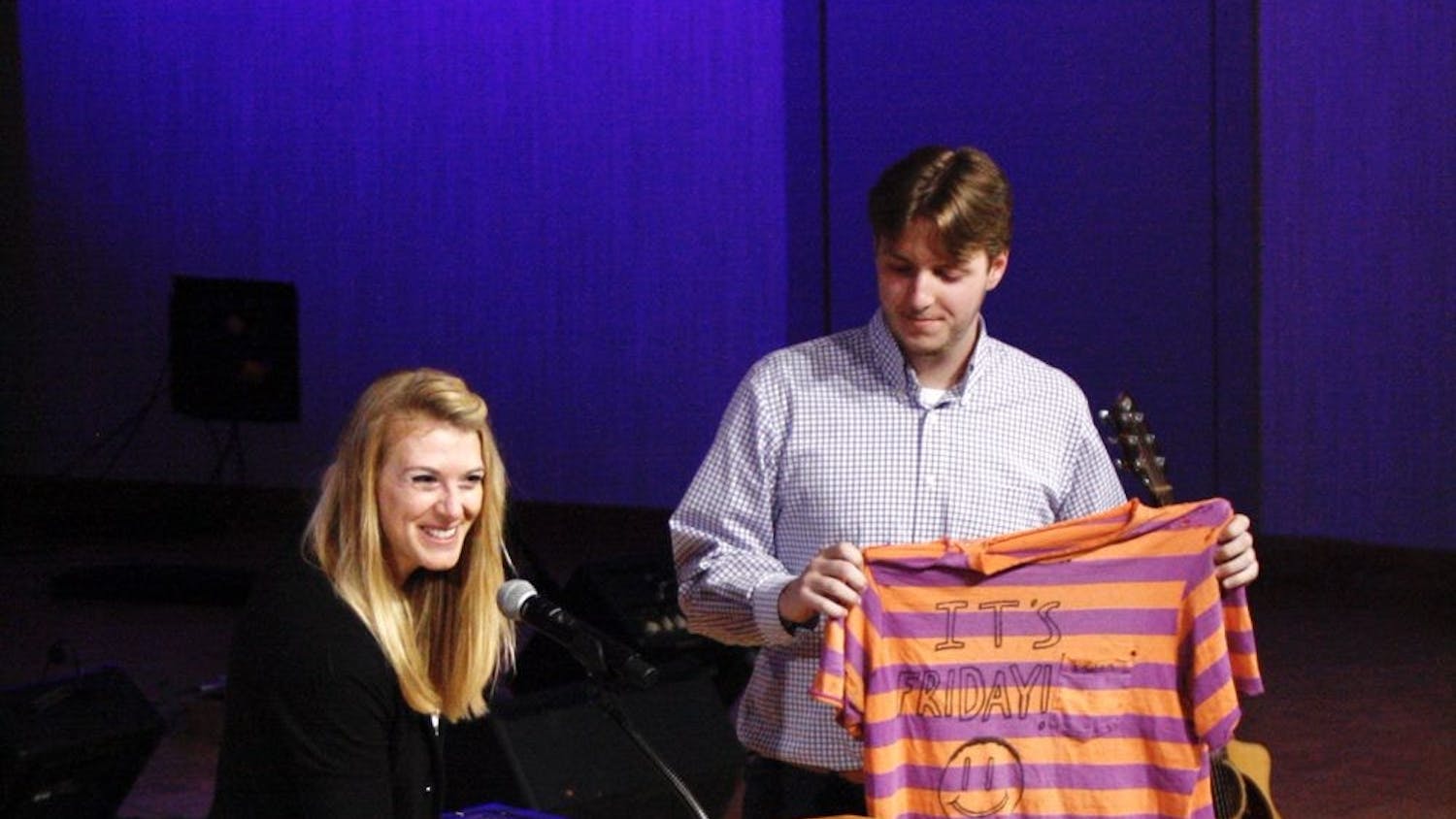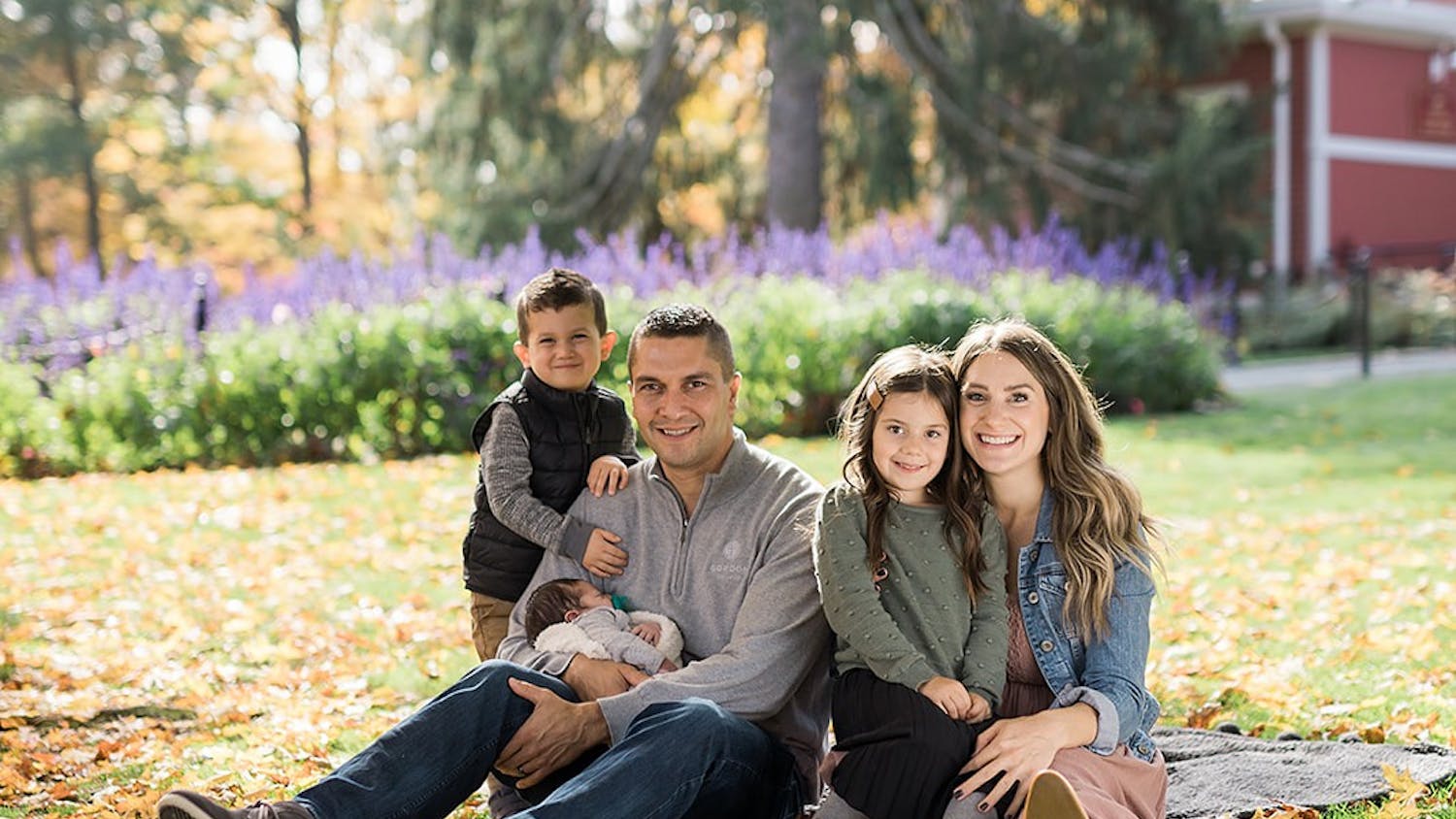“Town and Gown” — a phrase so widely accepted that dictionary.com offers a standard definition.
“In a college town, the relations between ‘town and gown’ are those between the residents of the town and the students and faculty associated with the school, who in the past wore academic gowns. Such relations are often not friendly or pleasant,” dictionary.com states.
In light of this definition, it is not surprising that Taylor University (like countless other colleges) often seems at arm’s length from the local communities of Upland and Grant County.
The existing gap between Taylor’s community and the broader Upland community is due in part to a lack of awareness, campus-focused commitments and educational/economic realities.
Liz and Troy Shockey lead the RedBarn Ministry — an after-school program that seeks to connect kids to Christ by relationally serving students from difficult home backgrounds. While Taylor students have served with RedBarn frequently in the past, the Shockeys have noticed the distinction between the Taylor community and the surrounding town. Some of this, they believe, can be attributed to a lack of awareness.
“In order to truly engage with the community, TU needs to help their students have a broader sense of what the community has to offer,” the Shockeys said.
To counteract this degree of ignorance, the Shockeys suggested allowing ministry representatives the opportunity to provide updates or prayer requests in spaces like chapel. This would increase the representation of local ministries while connecting students with chances to serve beyond the Taylor community.
Senior Emily Clementz, the Director of Operations for ReaLife Youth Ministries, believes awareness is also a key component when engaging the local community.
“I honestly do not see a simple solution to bursting the Taylor bubble,” Clementz said. “It will take effort and intentionality. I think the first step is awareness. Awareness of opportunities (not just hearing about opportunities on the bottom of Taylor Announcements), but also awareness of the community itself. How much do we really know about our neighbors around Upland? What are their lives like? What are their passions? Their hardships?”
Beyond this lack of awareness, campus-focused commitments also serve to widen Taylor’s “Town and Gown” relations.
While efforts are made to step beyond the Taylor community, students are encouraged to invest first in campus spaces. Although this is not inherently problematic, it often ties students’ efforts and service to ministries on campus at the expense of the wider community.
This has been Clementz’s experience.
“There are several opportunities to engage in the community,” Clementz said. “However, in my experience, they are less prioritized and much less esteemed than on-campus events.”
The Shockeys have also noticed this during their time leading RedBarn.
Attentions directed to on-campus opportunities can often lead to a lack of off-campus involvement.
“In the last couple of years after COVID, it seems that TU has emphasized providing additional on-campus activities to keep students on campus,” the Shockeys said. “It also keeps them busy with less time available to volunteer for ministry. In addition, many late afternoon and evening class options have made their calendars too full to allow for off-campus opportunities.”
A lack of awareness can lead not only to a lack of availability but also to inconsistent efforts as students struggle to hold in tension between their on-campus commitments and their off-campus interests.
And yet, the “Town and Gown” divide is not exclusively a result of Taylor’s awareness and efforts.
As is common with many college towns, the surrounding community is shaped by economic realities and lower educational opportunities that can create a clear distinction between Taylor and the local residents.
“Many of the youth in the community feel like some of the TU students are rich and look down on them,” the Shockeys said. “That could be said about many of the local adults as well. Taylor often seems out of touch with the real community. There is an inferiority complex for many of the local residents. It’s the same in any college community. It’s not the fault of the university. It’s just a disproportionate amount of schooling that leaves a gap.”
Junior Elias Seeman is one of the leaders connecting Taylor students with the St. Martin’s Community Center in Marion — a ministry focused on providing resources for local residents who may be poor or homeless.
In both his studies and his connections within the community, Seeman has noticed economic factors shaping the university’s relationship with Grant County communities.
“I think that the community sees Taylor as a good place where a lot of good things happen,” Seeman said. “However, I think that a lot of the community, especially the impoverished and non-religious community, does not really know what Taylor is, what it stands for, and how it helps the community. I believe that Taylor has good standing in the community, but I think that we could do more to help more people and more fully live out the command to go into all the world. Since that is what we’re supposed to do, let’s start with our neighbors.”
A lack of awareness, campus-focused commitments and educational/economic disparities — all are factors that contribute to the relational gap that exists between Taylor University and Upland residents.
Should this gap be bridged?
It is good, even critical, for Taylor’s students, staff, faculty and leadership to continue pouring intentionally into the campus community. Yet, it is also good, and perhaps just as critical, to recognize that the Taylor community is called beyond the university’s “bubble.”
A simple solution or an easy bridge may not exist — there is, after all, a reason the “Town and Gown” mantra has been developed to describe universities’ relationships with outlying communities. And yet, could more be done to engage our neighbors who aren’t Trojans? And, in the same breath, could more be done to support ministries and individuals who are already serving in the Upland area?
Opportunities like the Community Plunge and “local church week” in chapel are valuable beginnings — but in many ways, they are simply that: a beginning. What can be done to carry those initial involvements or connections beyond the start of the school year?
Director of Taylor World Outreach (TWO) Chip Bii highlights some solutions that could be considered.
“As the years progress and cultures shift, we could do a great job of being adaptable to the needs of the community and being great listeners to how the community is talking to us,” Bii said. “There could be a mechanism in place to get feedback from the community to help optimize the positive impact and faithfully steward the gifts and talents that everyone shares with one another.”
Clementz echoes this idea.
Additionally, she points to relationships with professors, the local church and kids’ ministry programs as important aspects of local engagement.
“These are effective because they occur weekly for the duration of the semester or year,” Clementz said, “thus creating a more consistent, impactful experience for the Taylor students and those to whom they are ministering.”
The Shockeys also believe more can be done to bridge this gap.
The couple is hopeful that both the university and the local community can take steps to do so.
“TU is a subculture outside of the town. Both are totally separate communities,” the Shockeys said. “And that is true in any college town. The fact that TU is a Christian university — and the fact that TU wants to know how to engage the local community — is hopeful.”





